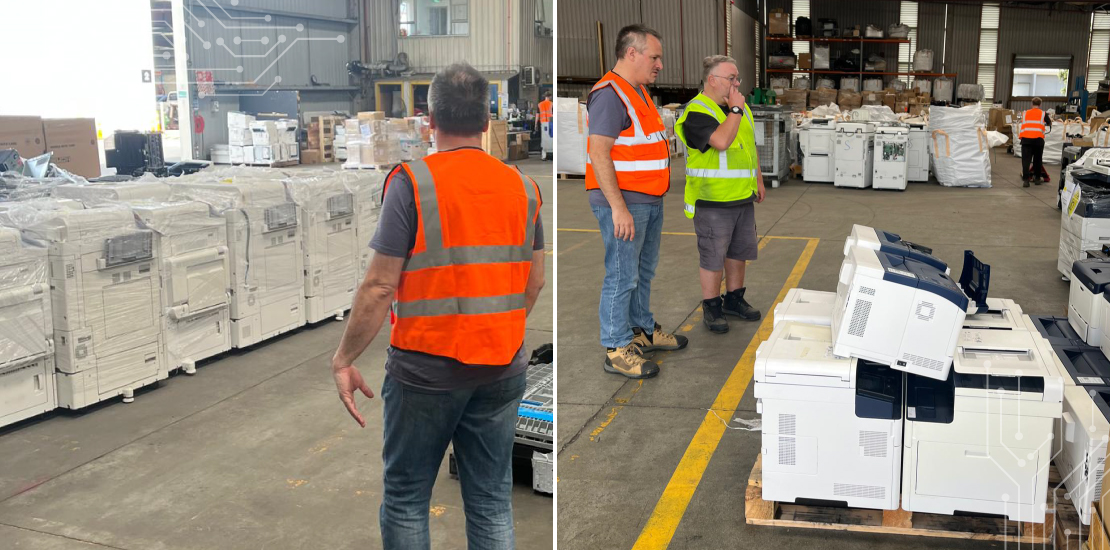
Global action and the plastics treaty
The Australian government has recently made clear its support for global action to end plastics pollution. This action was made evident when Minister Watt, the federal environment minister, signalled Australia’s backing for binding global action that addresses plastic pollution across the entire lifecycle of plastics. In doing so, Australia joined 96 other countries in endorsing the Nice Wake Up Call for an Ambitious Plastics Treaty. The treaty commits signatories to manage the entire lifecycle of plastics, from production to disposal and outlines five aspects that are critical to making progress. These five aspects are:
- adopting a full lifecycle approach that considers plastics production
- phasing out chemicals of concern and problematic products
- adding improvements to product design
- developing effective means of implementation
- incorporating provisions that allow for a treaty that can evolve over time
The declaration signals the political will that exists and the fact that the foundations for action have been laid, but that the next round of negotiations must take it all forward and lead to tangible actions and improvements.
Plastics and circularity in Australia
The Australian government’s commitment to the treaty coincided with the release by the Department of Climate Change, Energy, the Environment and Water (DCCEEW) of its annual ‘report and progress card’ on the circularity of plastics in the domestic economy – in the form of the Australian plastics flows and fates report. The snapshot of key findings for the 2023–24 reporting year are as follows:
- Australia consumed 4.0 million tonnes of plastic products and packaging. This was an increase from 3.9 million tonnes in 2022-23.
- 3.2 million tonnes of plastics reached end-of-life.
- the national plastics recovery rate (both recycling and energy recovery) was 14%. This was steady from 2022–23. Australia reprocessed 300 kilo tonne (kt) (67%) and exported 145 kt (33%) for reprocessing.
- reprocessing capacity in Australia was 600 kt. This was an increase from 305 kt in 2022-23.
The report, amongst other things, highlights that Australia has a long way to go to close the loop on avoiding plastic waste and recovering and recycling the residual. It is noteworthy that reprocessing capacity has nearly doubled in recent times and that this is expected to double again in the next five years (through an additional 624 kt).
That said, action to address plastic waste is occurring on numerous fronts, and one development likely to be of interest to ANZRP members is the recent establishment of Soft Plastic Stewardship Australia (SPSA). SPSA plans to implement a product stewardship solution whereby it will collect levies from brand owners (manufacturers) and retailers of consumer products to fund economic gaps in the soft plastic recycling supply chain, including the collection, sorting and processing of material. Soft plastics packaging mediums are commonly used across product supply chains to protect goods from dust and moisture as well as facilitate safe transport (i.e. in the form of pallet wrap). Many companies in Australia are compelled to take action on packaging waste through regulations such as the National Environment Protection (Used Packaging Materials) Measure 2011 (NEPM). SPSA’s proposed model for operation is currently before the Australian government and awaits authorisation from the Australian Competition & Consumer Commission.
Concurrently, industry voices such as Waste Management and Resource Recovery Association of Australia (WMRR) are urging federal and state governments to:
- finalise the national extended producer responsibility scheme for packaging, with mandatory design requirements
- introduce enforceable recycled content targets across packaging, products and government procurement
- phase down virgin plastics through strong regulatory levers
- introduce a tax or levy on virgin plastics to level the playing field.
E-waste, ANZRP and plastics circularity
ANZRP is proud of its contribution to developing and implementing solutions that improve the circularity of plastics in Australia. It is an often-overlooked fact that some 30% of the materials extracted from e-waste by weight is plastics. Without establishing viable solutions for this e-waste plastic, it would not be possible for ANZRP to attain the 90% material recovery target that is set in the National Television and Computer Recycling Scheme (NTCRS) Rules (note: waste to energy and incineration are not counted as recovered in the NTCRS material recovery target). ANZRP has a long history of not only meeting but exceeding this target. The enactment of the Waste Reduction (Export – Waste Plastic) Rules 2021 (Cth) (Plastic Rules) in 2022 served to prevent the export of unprocessed plastics to overseas destinations and led to a period where the e-waste recycling sector was not able to meet the target. ANZRP took the opportunity to work diligently with its e-waste recycling partners across Australia to address this and develop solutions that would once again enable ANZRP to meet the 90% material recovery target
ANZRP recycling partners Sircel Limited, Ace Recycling, Endeavour Foundation, Electronics Recycling Australia and Total Green Recycling now all have instituted solutions that meet or exceed the 90% target. Through their collective efforts ANZRP is again in a position to demonstrate its leadership and showcase the environmental, social, and governance credentials of the members that partner ANZRP in driving e-stewardship in Australia. ANZRP was delighted to recently facilitate a tour for members of several key recycling partners to observe firsthand how they separated, processed and prepared plastic waste for retention in the circular economy.